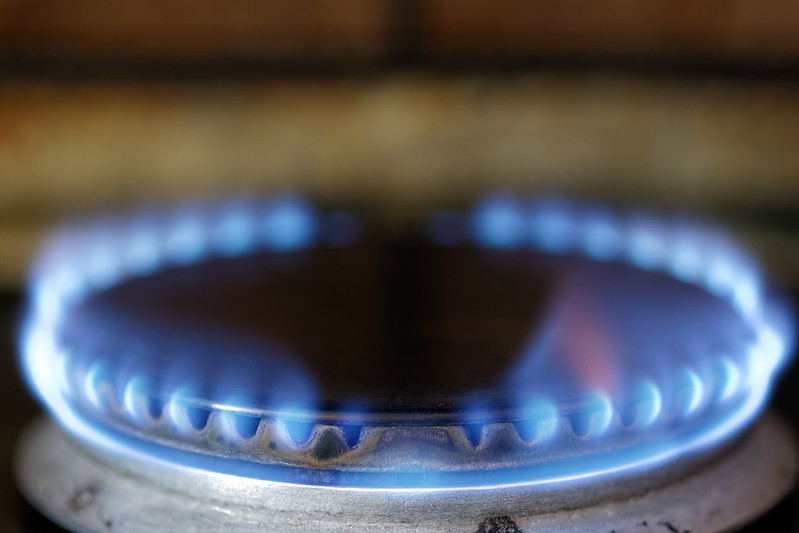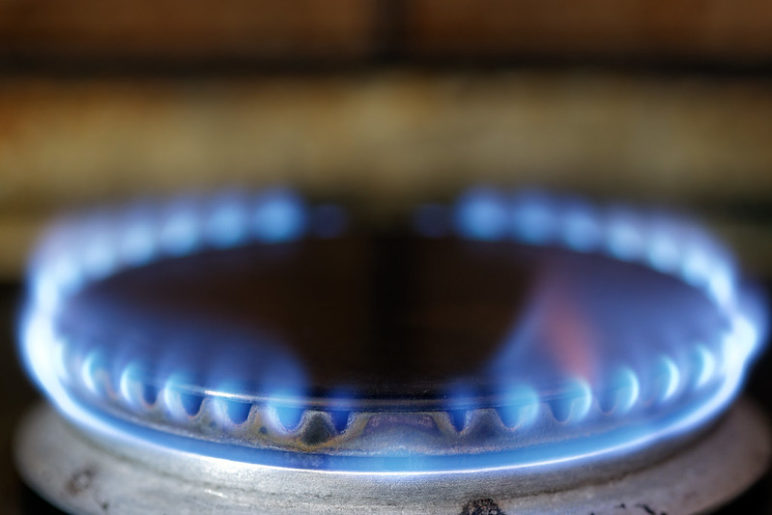There’s little debate that the global climate cannot afford to keep burning fossil fuels for decades to come. Yet even in North America’s most climate-enlightened precincts, there’s a ferocious debate about how to stop making the problem worse. Witness Seattle, where city councilmember Mike O’Brien recently attempted to outlaw gas installations in new buildings (except restaurants). He was met with a flood of opposition so overwhelming that the bill is now tabled until December 2019, at the earliest.
A few cities in California have moved ahead. Berkeley, San Jose, Menlo Park, and Santa Monica have all enacted prohibitions of various kinds to prevent developers from installing gas infrastructure in new buildings. Santa Rosa may be among those that go next and there are a handful of places in Massachusetts—including Cambridge, Brookline, and Lexington—considering the same move. So far none have developed laws to reduce or phase out existing gas infrastructure.
These cities could be the start of something, but their actions can be contrasted starkly to larger trends in the gas industry. Despite clear evidence that modern-day natural gas is no better for the atmosphere than coal or oil, the industry is expanding almost everywhere, building out new infrastructure designed to operate for 30 years, a half-century, or even longer. Despite recent financial setbacks, the industry is still racing ahead in big fracking and petrochemical regions like Appalachia, the Gulf Coast, and northwest Canada.
The Pacific Northwest is hardly better. In 2017, the most recent year for which complete data are available, the region used record amounts of gas and residential gas consumption has been steadily growing for decades. The industry forecasts even more growth this year—and it’s only just begun. In Washington, policymakers are still torn about allowing big expansions for the gas industry, including a new pipeline in Snohomish County, a new LNG facility in Tacoma, and a giant gas-to-methanol project in Kalama. In Oregon, officials are considering permitting an LNG export terminal in Coos Bay that would be the single-biggest carbon polluter in the state.
All of it hastens the Northwest toward a serious jam: we know we can’t continue using fossil fuels for much longer, but we’re still letting carbon entangle our economy in ways that make it more difficult to break free. It’s like we’re standing in the checkout line ready to buy a case of beer and a box of donuts while vowing to eat healthier.
A ban on gas in new buildings is a commonsense first step that applies to any chronic problem: you stop making it worse. Plus, as Justin Gillis and Bruce Nilles pointed out in a recent op-ed in the New York Times, there’s no reason we still need to burn gas in our homes. Excellent new technologies like heat pumps and induction stoves are not only cleaner, healthier, and more efficient, but they’re more affordable to operate. The principal barrier to phasing out gas now is not technical but political. It’s the gas industry, including the utilities that profit from selling gas, and some building trade groups.
Still, the bans don’t go far enough. They leave untouched the bigger problem of existing fossil fuel use: what do we do about all the gas infrastructure that’s already installed and operating? Under the streets of every major city in the Northwest (and across North America), you can find a dense spiderweb of gas lines that connect our homes and businesses and shops to faraway fracking wells. Untangling that relationship will be trickier than a simple ban and it will require subtler strategies. In a follow-up article, I will explore a hidden strategy that local governments can use to rid themselves of gas over time, starting with “franchise agreements,” the in-the-weeds contract agreements that govern the way utilities can operate in our cities and towns.
Eric de Place is Sightline’s Director of Thin Green Line. He is a leading expert on coal, oil, and gas export plans in the Pacific Northwest, particularly on fossil fuel transport issues, including carbon emissions, local pollution, transportation system impacts, rail policy, and economics. For questions or media inquiries about Eric’s work, contact Sightline Communications Manager Anne Christnovich.










Phil B.
“It’s like we’re standing in the checkout line ready to buy a case of beer and a box of donuts while vowing to eat healthier.” Perfect analogy!
Ryan Ferris
Hi Eric: These are some comments I am making as a 12 year owner of a Carrier Infinity 16 hybrid heat pump. I recommend the Carrier line which is now at “Infinity 20 Greensped”, but many competitors have emerged. Banning natural gas is much more easily accomplished with newer buildings because they meet (some) local standards for insulation, siding, energy efficient windows. To apply these standards to older buildings, funding for these retrofits would be needed. Older, less maintained homes can house poorer and aging populations so that retrofit funding would be critical. Increasing building energy efficiency standards decreases the need for energy use of all formats. The hybrid gas/heat pump allows for a temperature lockout that gives the consumer choice: Gas is competitive at low temperatures because the air source heat pump fan has to run less. Ground source heat pumps are more efficient, but much more expensive retrofits. The new construction cost of ground source versus air source heat pumps would be an important comparison. Some standalone gas furnaces run without fans and our useful backups where the electrical grid is unreliable. We are not putting chimneys in new homes anymore (also commendable), but you need to keep hypothermia at bay during northern latitude cold snaps (arctic freezes) that down power lines. Air source heat pumps are extremely efficient when the outside air is close to the desired inside temp. Typically, the heat pump fan doesn’t need to run under such conditions. When the rain/freeze cycle creates icicles that the defrost cycle can’t resolve, the compressor fan blades are at risk. Some hybrid heat pumps have an option to defrost with natural gas over electricity if necessary. There can be equipment problems with heat pumps because the new circuitry is vulnerable to voltage surges. Heat pumps have the advantage of being two cycle: They cool and heat very efficiently. They also dehumidify during cooling if necessary and use electrical based air filtration. However all of this adds to electrical demand, therefore mandating rooftop solar cells may be critical here as well as to pursuing greater percentage of upstream renewable energy sources . Remember that your average ‘3 ton’ heat pump is a 220 V appliance. Your home dryer without gas is a 220V appliance. Electrical grid stability with increased demand will effect the supply type of that energy: the “upstream input” to carbon emissions. Heat pump technology has advanced since our installation. By 2020, Refrigerant R410A is being phased out due to HFC regulations. Since the US imports some refrigerant from China, recent ‘tariff wars’ are a factor in heat pump cost. So is the price of copper. Refrigerant cost is may be nerdy and geeky subject, but refrigerant is an important part of wholesale heat pump maintenance and cost. *Testing product reliability should be a priority for city resolutions*. I recommend long term deployment with select pilot projects.